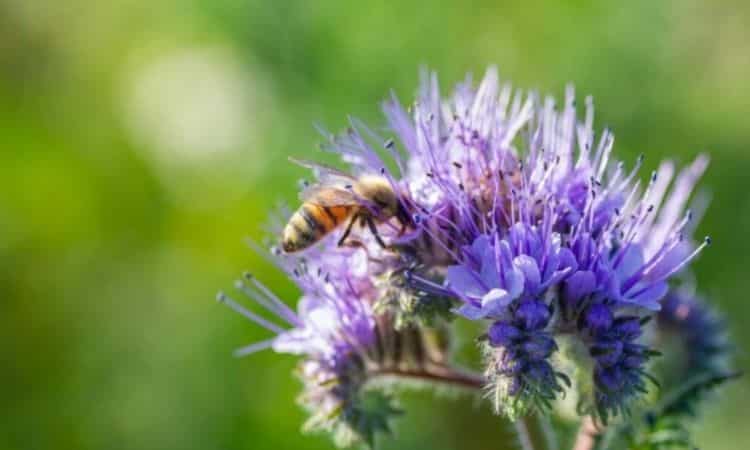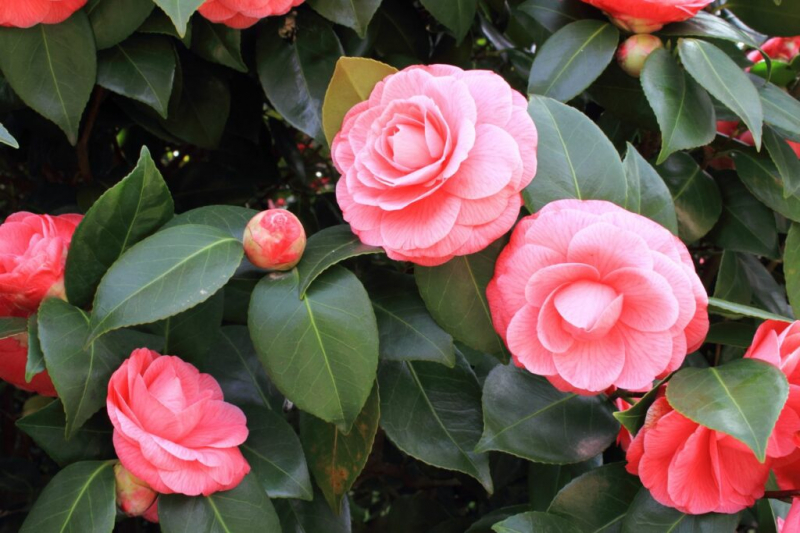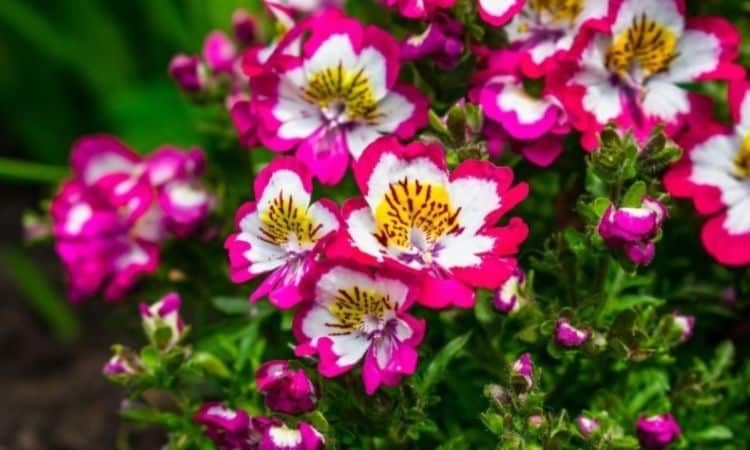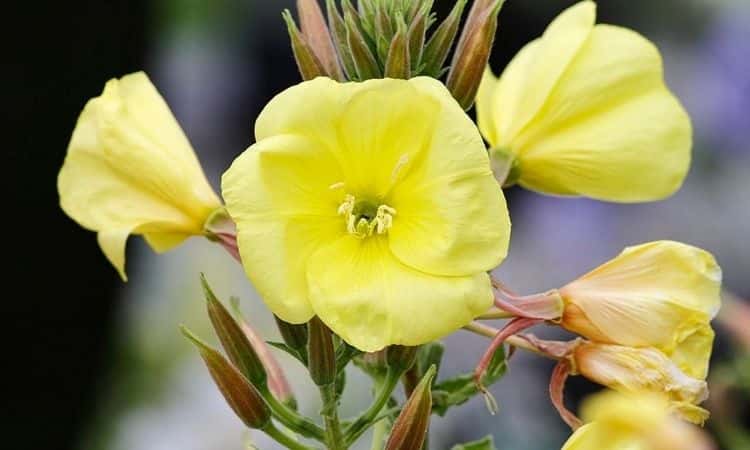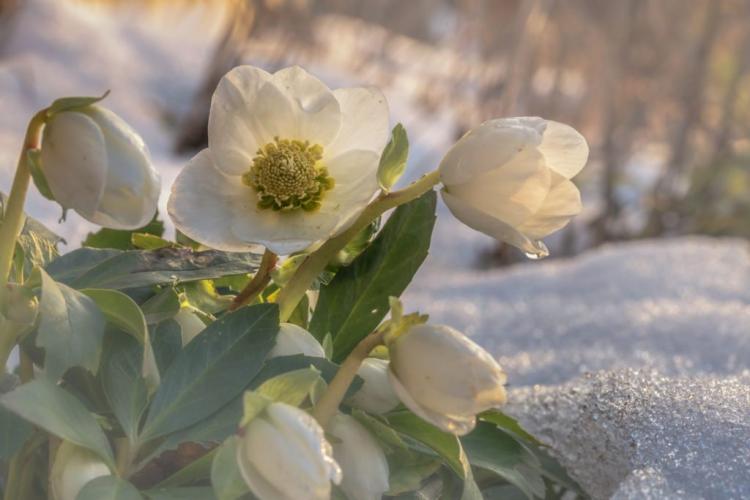Phacelia: Sowing The Seeds, Location And Flowering Time Of The Tuft
The Phacelia (also called Büschelschön, Phazelie, or bee friend) inspires not only bees in the garden with its flowers. We reveal what you should consider when sowing, planting, and caring for the Phacelia.
The Phacelia can be found in autumn on harvested fields as green manure and in many flower mixtures for the house garden or the balcony box. In this article, you will learn what makes the Phacelia so attractive for man and nature.
Phacelia: Flowering Time, Origin, And characteristics of the bee friend
Table of Contents
Phacelia is a genus of the predatory leaf plants (Boraginaceae) native to America, to which the viper’s head (Echium vulgare), the comfrey (Symphytum officinale), and the forget-me-not (Myosotis sp.) also belong. About 150 different species belong to the genus Phacelia, which grows annual, biennial, or perennial. In our country, however, only the annual, non-hardy Rain fern leaf beauty (Phacelia tanacetifolia) is used and known.
Its leaves are double fiddle-like and their shape is reminiscent of the leaves of the rain fern (Tanacetum vulgare). It reaches growth heights of up to 120 centimeters and forms long inflorescences that unroll outwards and blossom from the center to the tip. The individual flowers are five in number, the petals are white, purple, or blue in color.
The stamens and stigma protrude conspicuously far out of the flower. Depending on the date of sowing, the Rain fern leaf Phacelia flowers from June to October and offers eager pollinators large quantities of very sugary nectars. This characteristic also makes it a particularly popular beekeeping plant.
Phacelia Varieties
- Phacelia tanacetifolia ‘Angelia’ shows a strikingly beautiful, light blue flower. The variety is undemanding and drought tolerant. It quickly produces a lot of biomass and is therefore well suited as a green manure plant.
- Phacelia tanacetifolia ‘Stala’ has light purple to white petals with darker stamens. It is annual and well suited for freezing winter greening.
- Phacelia campanularia ‘Blue Bonnet’ glows in a royal blue and shows great accents with its large white stamens. It reaches growth heights of about 25 cm and flowers already 8-10 weeks after sowing.
- Phacelia grandiflora ‘Summertime Blues’ delights us with a mixture of royal blue petals, white calyx, and stamens. The annual variety grows 40 to 60 cm high.

Sowing Phacelia
The Phacelia species and varieties used in our latitudes are annual and are propagated by sowing. Everything you need to know about growing the Büschelschön in your own garden can be found here.
The right location for the Phacelia
The Phazelie is generally quite undemanding and drought tolerant. It loves deep, humusy soils with good drainage, but grows in almost all soils without stagnant moisture.
How to plant Phacelia seeds correctly
The small, brown, and strikingly rippled seeds are sown directly into the soil between April and September. The sowing depth is 1 to 2 cm. A row spacing of about 15 cm gives the Phazelie room to spread its leaves. Larger areas can be spread out in a wide cube, easily worked in, and rolled. During the short germination period of about 10 days, the soil should always be kept well moist.
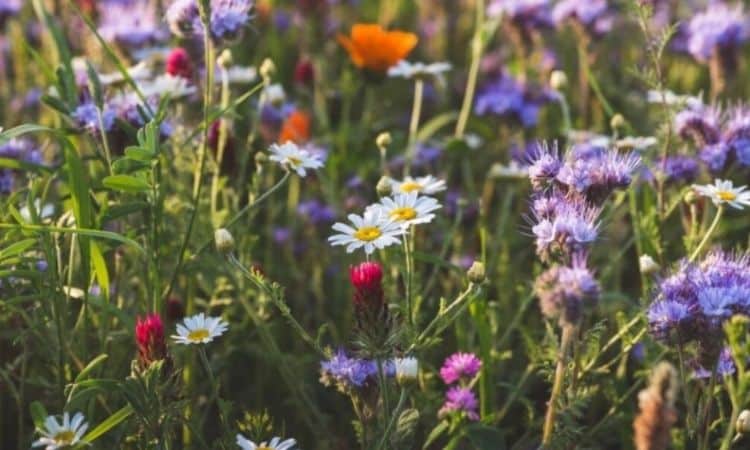
Care For Beautiful Tufts: Our Tips For Phacelia
After only 5 to 8 weeks the first flowers appear, depending on the variety. Until then, at least in extremely dry periods, some watering should be done. Otherwise, Phazelie needs no care. For propagation, you can let some inflorescences ripen and harvest the seeds. They should be dried indoors. The seeds can germinate for about 4 to 5 years.
Is The Phacelia Poisonous?
The phacelia is not poisonous, but all phacelia contain skin-irritating substances that can cause an allergic reaction. You should therefore wear gloves every time you handle the bee friend. The phacelia is also harmless for animals, it is considered a harmless food plant.
Use Of The Phacelia As Green Manure
During its short vegetation period, the rain fern leaf Phacelia does not need fertilizer, it roots down to a depth of 60 cm and uses the available nutrients. Many plants do not even reach such depths, but the Phacelia fetches the minerals upwards, incorporates them first in its biomass, and later serves itself as green manure.
If the plant is cultivated in spring, the tufts are mulched and worked into the soil after flowering and before the seeds ripen. If sown in late summer or autumn, the Phazelie can be left until the first frost in October or November. It reliably freezes to death and remains as a nutrient store until spring.
Now it is worked in and as soon as it gets warmer, the hungry soil organisms begin to decompose. The Phazelie is visited with preference by various species of bees since it is one of the few nutritious flowering plants in summer and offers both nectar and pollen.
